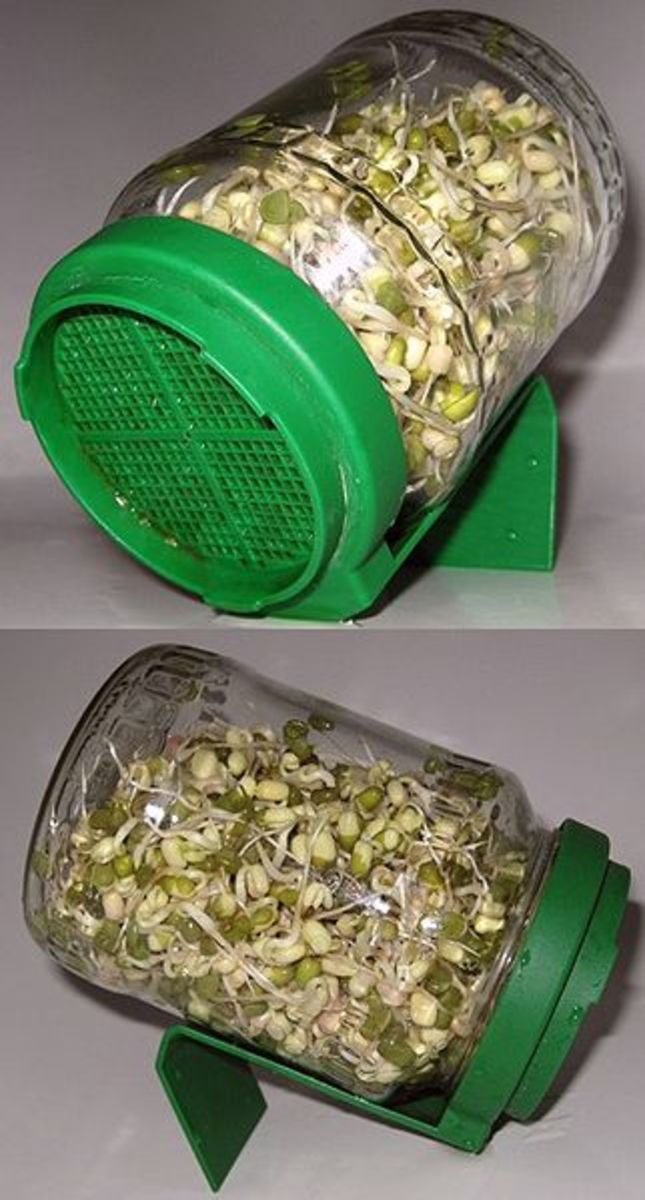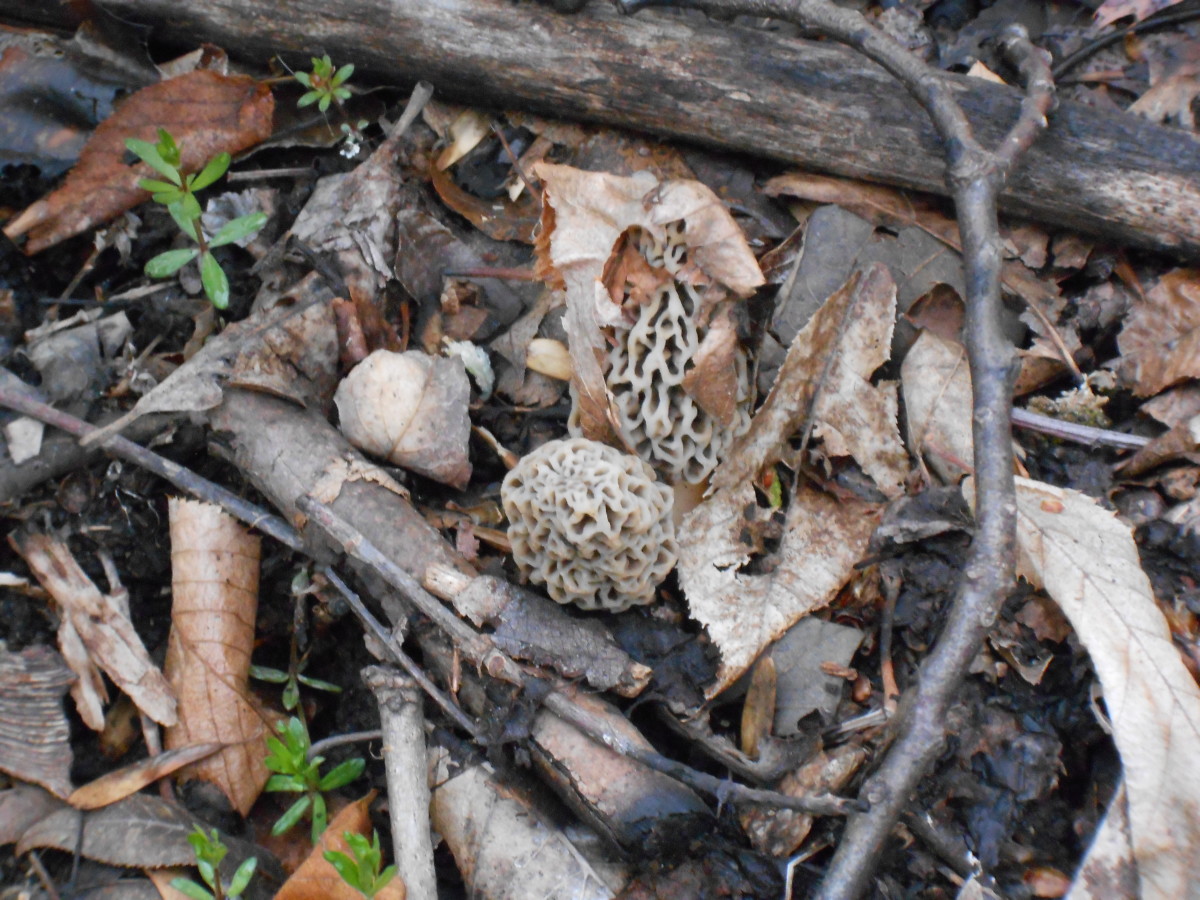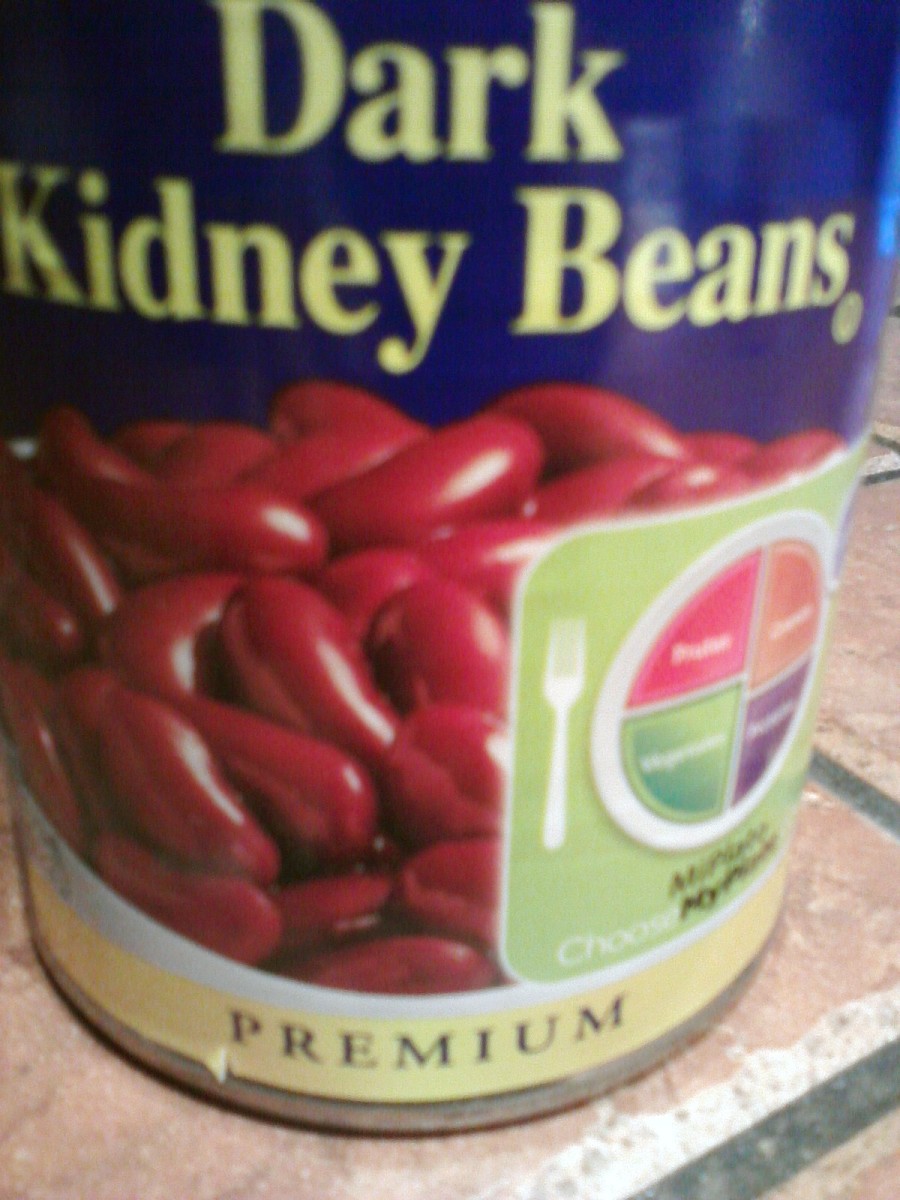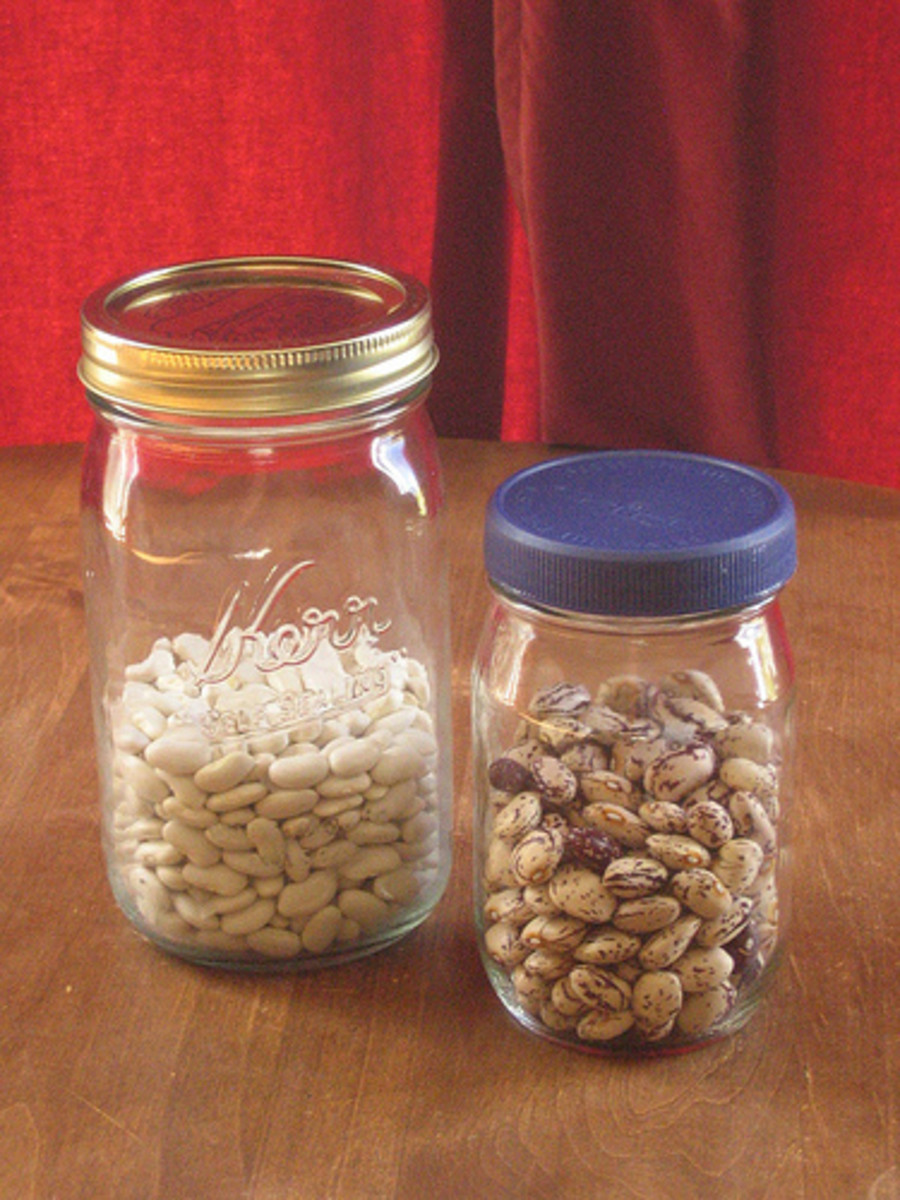- HubPages»
- Food and Cooking»
- Cooking Ingredients»
- Vegetable Ingredients
The Green Bean: Green Coffee Bean as a Superfood and the Health Benefits They Provide
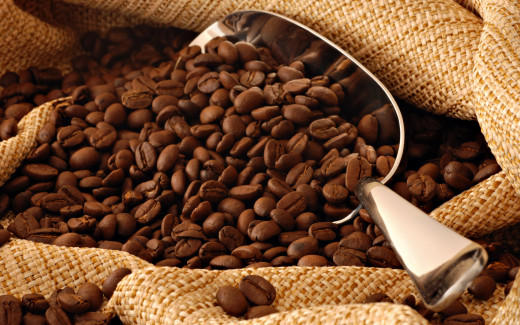
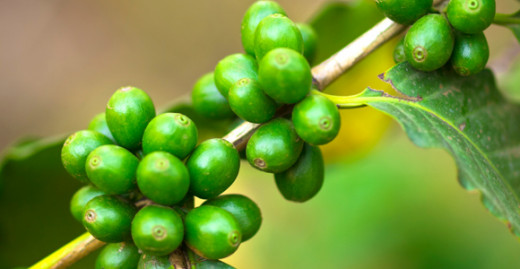
Introduction
Superfood is a term coined by marketing experts to describe specific fruits, herbs or vegetables that are supposedly beneficial to a person’s health. There have been a lot of superfoods that have come out in the market. Blueberries for example have been known to be one of the superfoods with its antioxidant properties that are said to be beneficial to people’s health.
With its antioxidants and phytoflavinoids, blueberries are said to reduce the risk of having cancer and heart diseases. They are also the top choice of nutritionists because of their high potassium and vitamin content. Blueberries are also claimed to be an effective anti-inflammatory which further its claim of being a superfood.
A lot of other superfoods have surfaced over the years that have been advocated by a lot of people. These superfoods are often promoted as being able to prevent or even cure diseases which include cancer. Since not a lot of clinical trials have been made on their efficacy, medical practitioners and dieticians however caution the public to not rely solely on these superfoods to reduce the risk of having cancer and not to substitute these superfoods with a generally healthy and balanced diet. If need be, these superfoods must be used only as a dietary supplement.
Nevertheless, more and more superfoods are coming up. One such new superfood is the Green Coffee Bean extract which was made popular by Dr. Oz when he presented it on “The Dr. Oz Show”. This book will give you all the information that you need on this new superfood especially on its weight losing properties.
In order to have a good flow of information regarding this new superfood, this eBook will give you information on the coffee plant, which is the source of this breakthrough diet supplement, how the coffee plant is used to produce coffee beans and how the green coffee bean was discovered as a superfood.
Chapter 1: The source of it all.
The coffee plant is an evergreen shrub that belongs to the Rubiaceae family and is composed of around 70 species of the genus Coffea. It produces coffee “berries” which are picked and processed to create a brewed beverage known as coffee. The two most exploited and commercially used species of coffee plants are the Coffea Arabica and the Coffea canephora.
Coffea arabica or more popularly known as Arabica is said to have originated in the highlands of Ethiopia and comprises two-thirds of the world’s coffee production. Arabica is a delicate tree with heights ranging from 5 to 6 meters tall. Arabica is mostly grown in temperate climates and requires considerable care during its growth stage. Coffee made from Arabica beans is popular because of its intense aroma, superior quality and taste. The caffeine content of coffee from Arabica beans are never over 1.5 percent by weight. In general, Arabica is more popular than the Coffea canephora variety.
Coffea canephora, also known as Robusta, on the other hand, is a more disease resistant plant than its Arabica cousin. Robusta is a high-yielding coffee plant variety that is grown in warm and humid climates. The coffee brewed from Robusta offers a harsh and earthy aroma and has higher caffeine content (caffeine levels ranges from 2.4 to 2.8 percent by weight). Robusta coffee only accounts for a third of the global coffee production.
Although Robusta does not produce high quality coffee, they are easier to produce because of its disease-resistant plants. Arabica meanwhile produces superb tasting coffee but are harder to grow. Since Robusta and Arabica plants do not have the same chromosomal numbers, they cannot be cross-bred to produce a hybrid coffee plant. Coffee makers often mix the beans of different coffee plant varieties together to achieve the taste of coffee that they desire.
Arabica coffee plants produce red or yellow cherries approximately 210 days after flowering. A ripe coffee cherry will contain two seeds that are oblong in shape; these seeds are the coffee beans that will be used for roasting and brewing coffee. Ripe coffee cherries do not occur simultaneously and coffee branches may have both ripe and unripe cherries on them. This is why the harvesting of ripe cherries is done by hand. This will ensure that the ripe cherries are picked first and the unripe ones left to ripen for future harvesting. The delicate harvesting of the coffee cherries by hand actually increases the appreciation for coffee.
Chapter 2: How it is processed.
Once the ripe coffee cherries are harvested, they must immediately be processed to prevent them from spoiling. Coffee producers implement two traditional methods to process their coffee harvest namely: sun-drying and washing.
Sun-drying the ripen cherries is done by spreading them out in an open area which is exposed to the sun while frequently stirring the cherries to evenly heat and aerate them. Once the cherries are dried, they are poured into a machine that will crush and separate the hulls which will eventually free the coffee beans. These coffee beans will then be sorted and then bagged accordingly.
An alternate method of doing this is by reversing the process. The ripe coffee cherries are mechanically pulped first before they are washed and then dried. The drying process helps remove the coffee beans from the parchment covering.
Both the processes mentioned above involves the reduction of the water content of ripe coffee cherries from 65 percent to about 10 to 12 percent which is the standard moisture level of prime raw or green coffee beans. If moisture is not maintained at an optimal level, the coffee beans may get moldy.
Premium coffee producers come up with their own way of making sure that they get exceptional green coffee beans that they will use in producing their coffee. They implement a lot of sophisticated techniques and processes such as ultraviolet fluorescence analysis and photo-electric cells detection to separate the ripe and undamaged beans from the unripe, duds and moldy ones.
Chapter 3: To roast or not to roast.
Before the discovery of the healthful benefits of green coffee beans as is, producers immediately send the dried processed beans for roasting. Nowadays, producers have a choice whether to use their green coffee beans for roasting to produce coffee, or to process them further into green coffee bean extracts to be used as superfood dietary supplements. Nevertheless, this chapter will discuss how green coffee beans are roasted to produce coffee.
Roasting involves the addition of heat to the coffee beans to increase its chemical complexity. If left unroasted, green coffee beans contain about 250 different volatile molecules that comprise its aroma. Once these green coffee beans are roasted, heat changes the chemical components of coffee to give rise to more than 800 volatile molecules. This is the reason why roasted coffee beans are said to be more aromatic than the raw green coffee beans.
The aroma of coffee comes from the heating stage where the moisture inside each coffee bean is converted to steam. The heating process also affects the different bonds of the molecules and compounds inside coffee beans which in turn change the different chemical compositions of the sugars, proteins, lipids and minerals found within them. At temperatures of 185 to 240 degrees Celsius, sugars and amino acids caramelized through the Maillard’s reaction process. Roasting produces pressure which build up and then releases volatile compounds which produces the aromatic fragrance that roasted coffee beans are famous for.
Roasting of coffee beans can last from 90 seconds to as long as 40 minutes depending on the amount of temperature applied and the type of roasting method used. However, the traditional roasting of coffee will usually last an average of twelve (12) minutes. Roasting procedures also differ from one coffee producer to the next. Higher roasting temperatures will produce less aromatic and highly bitter coffee. On the other hand, low temperatures used in roasting will not necessarily produce full aromatic and great tasting coffee.
Coffee producers nowadays have may opt to not roast their green coffee beans to produce coffee for brewing but instead use these raw beans for producing the Green Coffee Bean Extract dietary supplement. This will be discussed more on Chapter 6.
Green Coffee Bean Extract
Chapter 4: What’s brewing on?
Roasting of the coffee bean is just one procedure out of many that is required to fully enjoy coffee. The last is the brewing process. There are different ways in which coffee can be brewed. Each café will have its own unique brew however all brewing methods can be classified into four main techniques which are as follows:
Boiling.
Until up to the 1930s, boiling is the main way of brewing coffee. Roasted coffee beans are mixed in water and are left to boil. It is during the temperature of 96 degrees Celsius that the aromatic oils and bitter acids from the coffee beans are released creating the distinct aroma and taste of brewed coffee. The simplest way to create this type of brew is by simply pouring boiling water in a cup of ground coffee and then letting the cup cool down while the coffee grounds sink to the bottom. Since the coffee grounds are still incorporated with the hot water, this type of coffee brew is also known as “mud coffee” or “cowboy coffee”.
Steeping.
This is similar to the boiling method of brewing except that the roasted coffee grounds are placed inside a French Press which is a tall cylinder with a nylon or metal mesh filter-plunger. Boiling water is placed in the cylinder along with the coffee grounds and left for about 4 to 7 minutes. The plunger is then pushed down which filters the grounds so that only the liquid coffee can be poured out.
A similar variation to this is by softbrewing the coffee. This involves placing the grounds inside a cylindrical filter which is then placed inside the pot of boiling water. When the coffee is poured out, the coffee grounds will still remain inside the filter.
Filtration.
Filtration is another brewing method in which hot water is dripped onto coffee grounds that are held by a filter or brew basket. During this process, hot water passes through the coffee grounds and would make contact with the grounds for about four to six minutes before the drip eventually passes out of the filter and into the awaiting cup. During the time that hot water is in contact with the grounds, a lot of soluble acids and caffeine has already dissolved in the drip which will then pour into the cup.
Pressure.
Pressure or espresso brewing is the fourth type of brewing method which involves forcing hot water with temperatures of 91 to 95 degrees Celsius through a lightly packed mold of ground coffee under 800 to 1800 kPa of pressure. Because of the much shorter time of percolation, espresso only allows 60 to 70 percent of the caffeine and acids to dissolve into the brew.
Chapter 5. To drink or not to drink coffee.
Not all people drink coffee and they do so for several reasons. Some people may be allergic to coffee and may have life threatening aggravations towards it. These people should abstain from drinking coffee. However, there are people who seem to tolerate large amounts of this beverage. Nevertheless, drinking coffee has known benefits and disadvantages which are enumerated below:
Benefits of drinking coffee
1. Coffee is a brain and nerve stimulant which affects people’s adrenal glands. Drinking coffee causes the adrenal glands to produce adrenaline hormones which are use to handle stress. The short term benefits of drinking coffee is that people who drink it becomes more alert and have short bursts of energy.
2. Caffeine found in coffee is claimed to prevent the crystallization of cholesterol and thereby reducing the chances of gallstones from developing.
3. Coffee enhances the activities of the colon which in turn produces regular bowel movements to regular coffee drinkers. This also lessens risk of having colon cancer.
4. Because of the antioxidant activity associated with coffee drinking, the incidence of Parkinson’s disease is reduced. In fact, the amount of antioxidants found in coffee is four times as that of green tea.
5. Caffeine hastens the metabolism of body fat during exercise while reducing a person’s hunger.
Disadvantages of drinking coffee
1. Since coffee drinking releases adrenaline, the short term heightened senses felt by a person may cause him or her to become addicted to caffeine. Addiction to coffee may eventually result in adrenal exhaustion.
2. Caffeine is reported to interfere with the calming hormone adenosine. This is the reason why coffee drinkers are edgy most of the times.
3. Coffee has high amounts of vitamin K which coagulates the blood and therefore increases the risk for stroke and blood clotting.
4. Coffee increases the need for people to urinate which causes the loss of needed vitamins and minerals.
5. Regular coffee drinking alleviates stress in people.
As with most of life’s simple pleasures, too much of a good thing will turn out to be bad in the long run. It is clear that there are conflicting sides to drinking brewed coffee. It is therefore important to use common sense when deciding whether to drink coffee or not. A person who is not allergic to coffee and found its effects to be more beneficial to him or her than it is detrimental should continue to drink coffee at moderate amounts.
Chapter 6. The going green movement
The green coffee bean as a superfood movement came about on one September 2012 episode of “The Dr. Oz Show”. During this episode, the host, Mehmet Cengiz Oz, introduced a new supplement that he touted as “a fat burner that helps women lose weight”. The audience was surprised when the supplement that Dr. Oz was referring to has been in existence for as long as people were drinking coffee. In fact, the new superfood being mentioned was the coffee bean itself, except that this time it is not roasted but is left as its raw green coffee bean form.
Green coffee bean refers to the unroasted coffee beans of any coffee species. Similar to roasted coffee beans, green coffee beans also contain caffeine but its concentration of 20 mg per serving is not high enough to be classified as a nervous system stimulant. According to Dr. Oz, green coffee can in fact help lower blood pressure while still maintaining or even boosting the metabolism of the body. Because of this, green coffee bean extract is being marketed as an anti-hypertension diet supplement.
Dr. Oz also mentioned that another benefit that one can get from green coffee beans is through its weight losing properties. It was also disclosed that the main chemical ingredient found in green coffee bean extract that was responsible for the weight loss benefits is chlorogenic acid. Chlorogenic acid is a natural chemical compound found in raw coffee beans. However, when the coffee beans are roasted, most of the chlorogenic acid is destroyed.
Although researches are still inconclusive, green coffee bean is also said to beneficial for uses against Alzheimer’s disease, Type 2 diabetes, and other infections.
Chapter 7. The man behind the movement
Although there were studies on the effects of green coffee bean against hypertension conducted in Japan in 2005; these studies only showed results that green coffee bean can the lower blood pressure of participants with mild hypertension who took part in the study without any indications of negative side effects.
It was only during the episode of “The Dr. Oz Show” that the green coffee bean was finally noticed by the public as a new superfood. But who was this man behind the green coffee bean’s instant popularity.
Meet Mehmet Cengis Oz
Mehmet Cengis Oz is a Turkish-American heart surgeon who also became a famous medical and wellness author as well as a popular television personality. More popularly known as Dr. Oz, he appeared regularly on TV programs such as The Oprah Winfrey Show and Larry King Live addressing issues such as Type 2 diabetes and other medical issues that are relevant during those times. He then became the host of his own TV program entitled “The Dr. Oz Show”.
Dr. Oz took his undergraduate degree at Harvard before obtaining his Medical Doctorate and MBA from Pennsylvania School of Medicine and the Wharton School respectively. Dr. Oz also became a professor of Columbia University under the Department of Surgery. He also became the director of the Cardiovascular Institute and Complementary Medicine Program at the New York-Presbyterian Hospital. His research and collaborations with other medical colleagues produced over 400 research papers and medical books. He also received several patents in the field of medicine.
Dr. Oz has been listed by New York Magazine as one of the Best Doctors of the Year and his show “The Dr. Oz Show” has been given an Emmy Award for Outstanding Daytime Talk Show Informative for four years in a row starting from 2010 to 2013.
Chapter 8. The green coffee bean project.
Although Dr. Oz’s credibility and reputation as a doctor is beyond question, it is not the main reason that the green coffee bean superfood movement immediately became popular. Well, Dr. Oz’s reputation may have helped launched the green coffee bean movement, but it was how Dr. Oz presented his own experiment on the efficacy of the green coffee bean extract that propelled this new superfood into epic proportions.
The green coffee bean project.
An initial study which monitored 16 participants in a 22 week period showed that the participants who took the green coffee bean extract lost an average of 17 pounds for the total duration.
Dr. Oz, in order to prove the efficacy of the green bean, created his own green coffee bean projected. Oz got 100 women to participate in testing the effectiveness of the green bean extract in terms of the benefits in weight loss. Fifty (50) women were given 400 mg of green coffee bean extract 30 minutes before breakfast, lunch and dinner for two weeks. The other fifty (50) women were given a placebo to be taken the same frequency as that of the other group. All the women participants were asked to maintain their regular diets while keeping a food journal. After two weeks, the group that were given the extract lost an average of two pounds while those on the placebo group only lost an average of one pound. This means that participants who took the extract lost weight even without changing their regular diets.
Chapter 9. What’s in the green bean?
The main ingredient inside green coffee beans that is responsible for weight loss is chlorogenic acid. Chlorogenic acid acts as an inhibitor to the release of glucose into the bloodstream. When the absorption of glucose into the bloodstream slows down, the absorption of fat by the body will also slow down.
Chlorogenic acid may also be found in a lot of plant compounds. It affects health and cognition of people similar to the effects of bioflavonoid. Chlorogenic acid also acts similarly to caffeine but is not as potent and is therefore considered as an anti-hypertension.
During the digestion process, chlorogenic acid is not absorbed by the small intestine and only 8% of its weight is hydrolyzed into caffeic acid. This is the reason why a lot of medical experts believe that chlorogenic acid binds with the glucose and dietary carbohydrates coming from digested food and prevents them from being absorbed by the small intestines and thereby preventing any weight gain and eventually inducing weight loss.
In a recent study, an intake of 1g of chlorogenic acid in the body is enough to suppress glucose and insulin jumps after a meal without affecting their overall levels in the body. The study also shows that longer intakes of chlorogenic acid results to 6.9% reduced glucose absorption by the intestines.
Chapter 9. Choosing green coffee bean correctly.
During his show, Dr. Oz gave a disclaimer that neither he nor is his show promoting a specific brand of green coffee bean extract. He just reiterated the healthful benefits of such a superfood.
Since Dr. Oz introduced the green coffee bean extract, a lot of manufacturers have jumped in the band wagon and are now offering green coffee bean products as well. Be aware however that not all manufacturers of these extracts are reputable and some are producing extract-like products just to earn from fooling uninformed consumers.
Dr. Oz and other medical experts are cautioning consumers of choosing green coffee bean extracts which are manufactured by reputable companies. Here are other helpful tips in choosing the correct green coffee bean extract for you:
Look at the ingredients. Many companies and websites will offer similar fat-burning products of their own and associate them with the hype of the green coffee bean extract. When choosing an extract, make sure that it contains the chlorogenic acid extract that may be listed as either GCA® (green coffee antioxidant) or Svetol®.
Look at the percentage. Each capsule of green coffee bean extract should have at least 45% of chlorogenic acid since this is the amount that tested positive for weight loss. The proper dosage for green coffee bean extract is 400 mg taken thirty (30) minutes before each meal.
Be careful with “pure”. If you see “Pure” in the label, then there should be a Svetol® or GCA® accompanying it. If not, then look for another brand.
Who it’s for? Although there are no conclusive negative side effects, green coffee bean extract should not be taken by children, pregnant or breastfeeding women. This extract is also not recommended for people who are allergic to coffee.
Chapter 10. Let’s hear from those who tried.
Since it became popular, the green coffee bean extract that Dr. Oz introduced has been tried and used by a lot of consumers. Looking at an Amazon website featuring SVETOL® Green Coffee Bean Extract, out of 33 reviews, 14customers rated the product above 3 stars while 16 gave a below 3 stars review.
The most helpful review of the product comes from a very pleased Ruth R. who states that she chose the product because it is a natural product and that she noticed how fast she was losing weight ever since she began taking the extract. She has never felt any side effects with this extract unlike what she used to experience with the other diet pills she had taken in the past. She further testifies to its effectiveness and would gladly recommend it to anyone who is looking to lose weight fast but naturally.
Brenda D. Johnson likewise reviewed the product claiming that she got great results. She claimed that the extract allowed her to lose 90 lbs in 10 months but further believes that some exercise should be incorporated with the extract intake to make it work.
Roe who gave a 2 star says that he tried the product for a month but no weight was lost and that his appetite stayed the same. He believes however that the extract might have a better effect on another person.
Misty shares Roe’s sentiments and claimed that she and her husband did not lose any weight at all when they tried the extract for two months.
These are just a few of the many testimonies concerning the use of the green coffee bean extract and its effect on weight loss. As you can see from the above testimonies, consumers’ body reactions may differ when they use the extract.
Chapter 11. Making your own.
If you are having trouble choosing the right green coffee bean extract out in the market today, do not fret; you can always create your own at home and it will be as easy as making an ordinary pot of tea. What you will need are the following materials.
Green coffee beans. Any type of raw green coffee bean will work for this extract. However, you may observe significant differences in taste when using one coffee variety such as Arabica from another such as Robusta. Choosing the type of green coffee beans will entirely be dependent on your taste however it is said that beans from places such as Columbia will give your richer flavors and produce a stronger extract.
Distilled water. Distilled water is preferred since it does not contain any water treatment chemicals such as chlorine and other minerals that can contaminate the properties of the green coffee bean extract.
Tea pot. You can use an ordinary tea pot to create your extract. However, be sure that your tea pot is large enough to hold enough brew that can last your for about 3 to 4 days worth.
Procedures. Put 12 ounces of distilled water in your tea pot, add two (2) ounces of your choice of green coffee beans then bring them to a boil. Let the brew simmer for at least 15 minutes before cooling the brew down. You can remove the beans from the water using a strainer or you can leave them soaking there. Remember that the longer the beans are in the mixture, the stronger will your extract become.
Caution. When you first drink this extract, you might feel a sudden change to your bowel movement. You may also notice your feces and urine to become greenish in color. The discoloration of your feces and urine is a natural response. However, if you feel that pain during these changes, then you should immediate discontinue with the green coffee extract diet.
Other things you can try. You can grind your green coffee beans in order to expose more areas so that more extract can be obtained from a smaller sample size. However, it is not easy to grind green coffee beans by simply using a mortar and pestle nor will it easily grind with a regular coffee grinder. Since, green coffee beans still retains most of its moisture content, you will need to grind them using an industrial grade grinder.
Chapter 12. Losing weight fast.
As seen in the chapter with the different testimonials, taking green coffee bean extract dietary supplements may or may not work for you. Different people have different reactions to any dietary supplement. It is important to not solely rely on these dietary extracts even if it is the green coffee bean extract introduced and tested by Dr. Oz. Nothing still beats a healthy diet, lifestyle and exercise in reducing your weight to your optimum level. But if you really have to lose weight fast, you can incorporate these following secrets to rapid weight loss while taking your green coffee bean extract.
If you are diagnosed as overweight or obese, the first thing that you must do is to visit a physician to determine the best program for you to follow for losing weight. A good weight loss program will be given to you after your doctor gives you a thorough physical examination.
In order to reduce your weight quickly, you must address the following issues: (1) the food you eat, (2) how you eat your food, (3) you lifestyle, and (4) the level of your physical activity.
An effective weight loss program must include a determined state of mind, physical activity or exercise regimen, diet and in some cases supplements. You cannot expect to lose weight with only the intake of dietary supplements even if these are the green coffee bean extract. You must also exercise regularly and adopt a diet program that you will be comfortable with.
The determined state of mind will come in handy during times when you lack the will power to stick with your diet plan and your exercise regimen.
If you are often feeling hungry during your program, eating fiber-rich foods will easily satiate this hunger. Adopt a diet that is low on fat. If you cannot avoid eating meat, choose to grill the meat instead of frying them.
Drinking lots of water, at least 6-8 glasses per day, will help you eliminate body waste faster and can keep your body’s normal weight. Drinking lots of water will also keep you hydrated. Drinking a glass of water before a meal will also give you a sense of fullness and therefore you will tend to eat less during that meal.
You will need a lot of perseverance, will power and self-discipline if you plan on losing a lot of weight fast even if you are using the green coffee bean superfood.
And if you are truly determined to lose weight, do not rush into the heavy exercise and extreme diets at once. Ease into the program by giving yourself enough time to adjust to the diet and your physical exercise regimen.
Chapter 13. Can Green Coffee Bean Help You Lose Weight?
Can green coffee bean extract really help you lose weight? A person can safely say yes to this however, the more truthful way of answering this is to answer “yes, but not through green coffee bean extract alone.”
Green coffee bean with its chlorogenic acid is known to lessen the absorption of dietary carbohydrates by the body. This means that your body will only absorb only a percentage of glucose and carbohydrates as compared to what it would normally absorbed without the extract. However, it must not be misinterpreted that you can safely consume a high fat meal just as long as you took green coffee bean extract 30 minutes before.
As shown with the results and the testimonies of those who tried it, the weight-loss caused by green coffee bean extracts differs from individual to individual.
While taking green coffee bean extract as a dietary supplement, always remember that it is not a magic weight-loss pill. It will not work on its own. The weight-loss will happen only if you put in a lot of effort into losing the weight.



